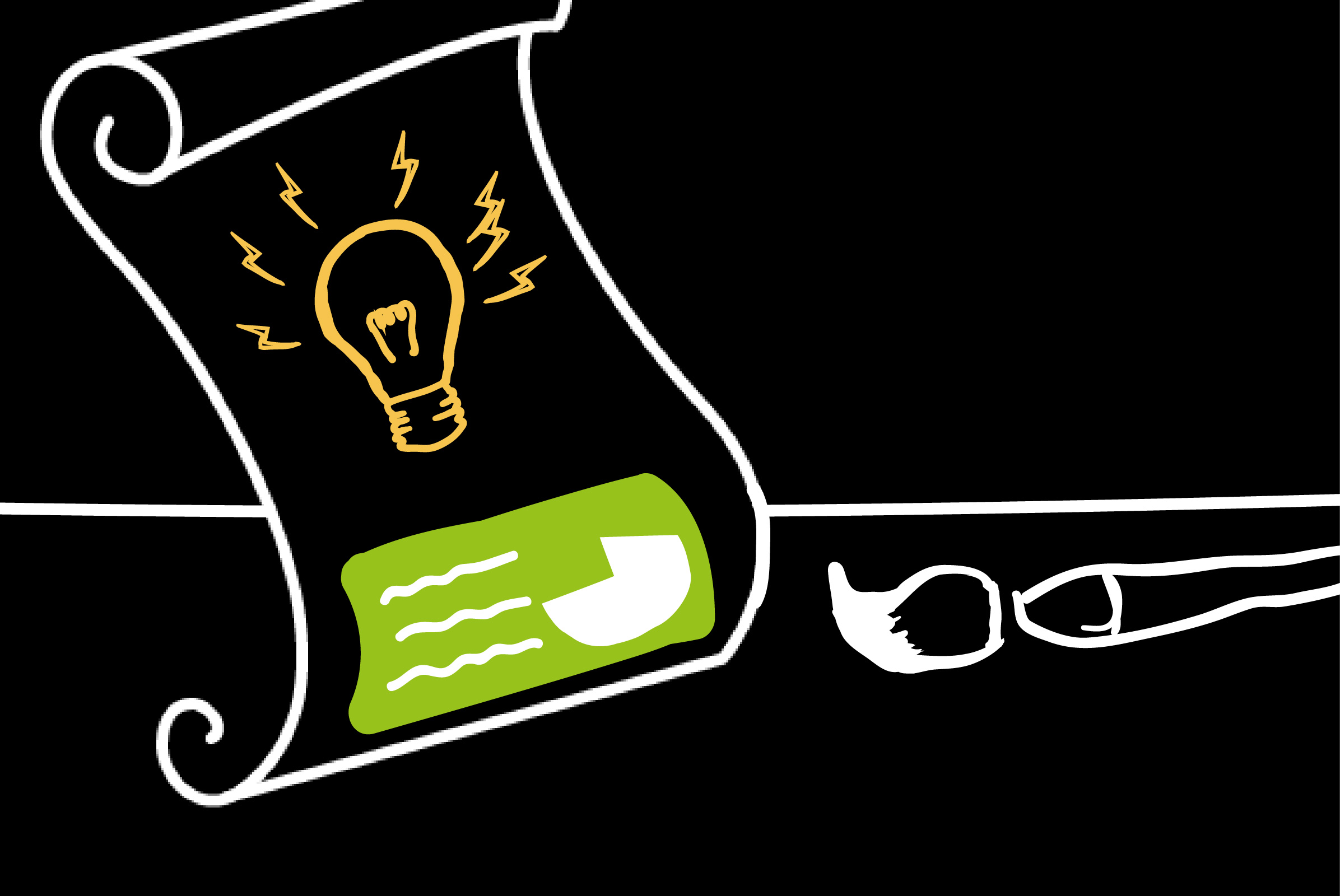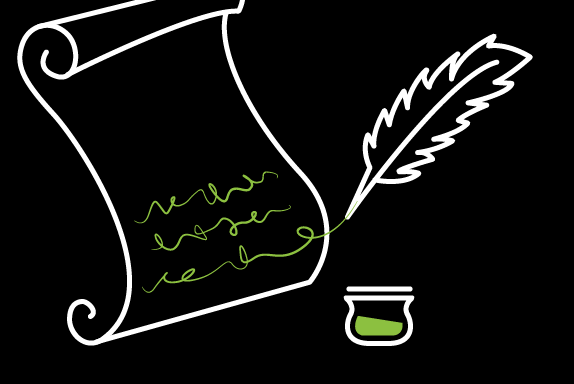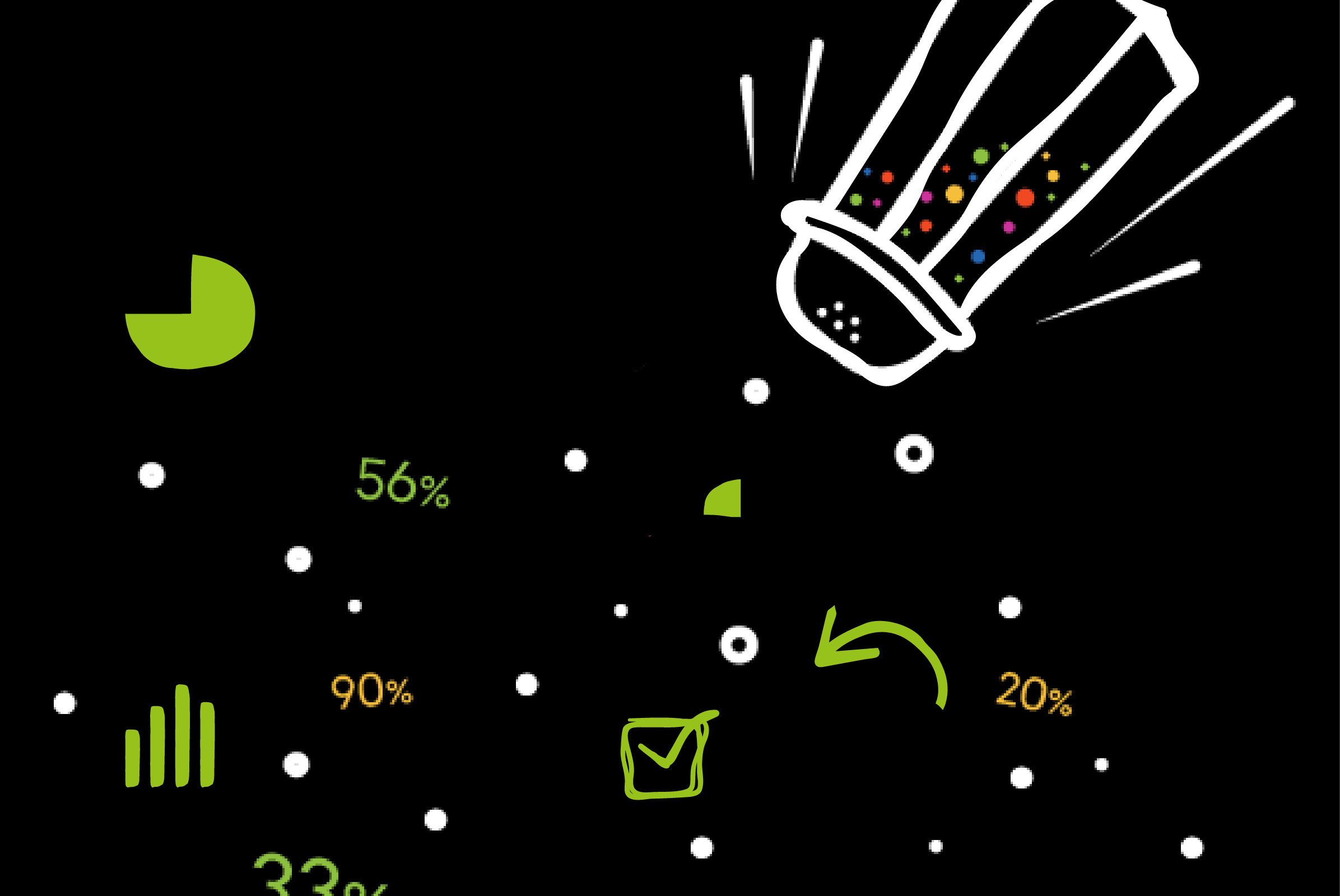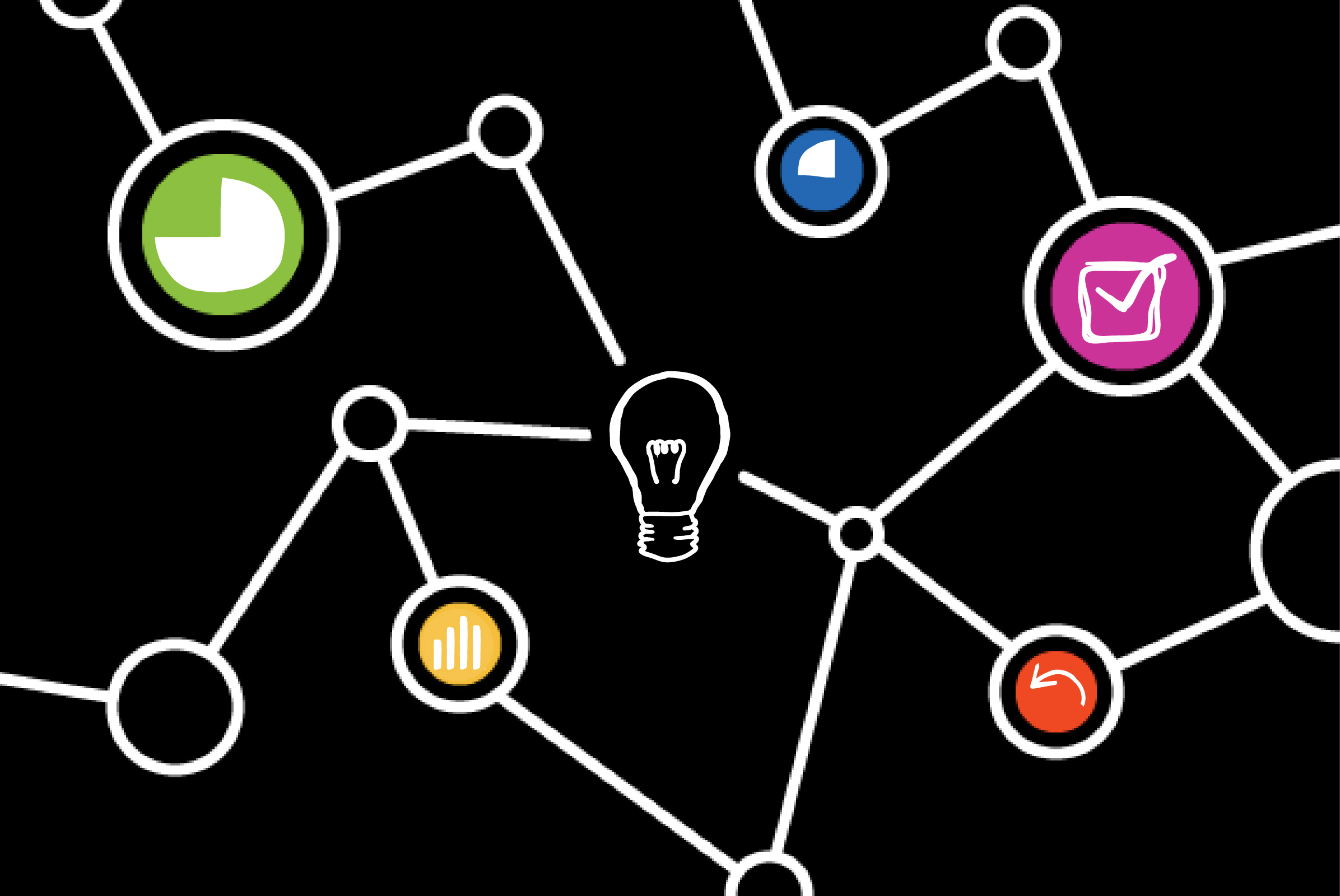As marketers, we’re naturally fascinated by our own businesses. We enjoy the pursuit of unique value propositions and appreciate the craft of compelling calls-to-action. Yet outside of a niche group, people might dismiss your business as boring.
It’s okay. Really. There’s no need to deny it.
I’ve never met anyone who dreamed of integrating EHR software or auditing SOX compliance as a child. And I certainly don’t recall my mother sewing together a B2B content marketer costume for my first Halloween.* But we’re actually in excellent company. The trouble is, however, your business can no longer rely on boring, boilerplate text to fill its funnel. That’s why I’d encourage you to spice up your content cookbook with a bit of infographic marketing.
*It was a Peter Pan costume, and it was flawless.
Why do infographics outperform vanilla text?
They’re:
-
Easily discovered. On average, content with images gets 47 percent more clicks than pieces without visuals.
-
Quickly digested. Visual communication suits the modern attention span (which now averages only 8 seconds).
-
Repeatedly referenced. 83 percent of consumers are visual learners and prefer sources that express ideas graphically. (We added images to one of our client’s blogs and it increased time on site 28 percent.)
How can infographics season your marketing strategy?
Try mixing them into:
-
Blogs. Comments section a little too quiet? Design a graphic around a recurring community question to spark conversation.
-
Social Media. Tumbleweeds in your Twitter mentions? Post valuable, visual content that audiences will be eager to share.
-
Email. Criminally low clickthrough rates for your recent campaigns? Surprise subscribers with visual content that presents information from a fresh perspective. Those attractive elements will increase the recipient’s willingness to read by 80 percent.
-
Landing Pages. Struggling to explain your company’s special sauce? Lay it all out in a visual lesson that’s easy to understand.
What are the ingredients of an effective infographic?
-
Start with a GOOD story
Have a friend who’s notorious for stories that go nowhere? Well, while you can’t bail in the middle of that person’s holiday party, web visitors can abandon aimless content immediately.
Only cohesive narratives can attract and retain the kind of attention required to convert. So before leading readers on any journey, you’ll need to:
-
- Identify the destination (What conclusion are you bringing them toward?)
- Advertise an intriguing intro (What offer is valuable enough to pursue?)
- List landmarks connecting the two (What key concepts will pave the way?)
For example, an ERP software manufacturer wants to design an infographic.
The goal? Get prospects to register for a free demo.
The story? Grab the prospects’ attention with a scenario that reflects a relatable pain point: How To Navigate The Sea of Sinister Spreadsheets!
The data? To turn initial attention into commercial curiosity, show how much time sloppy spreadsheets cost inventory managers each day. Or if the target audience is already aware of the product benefits, illustrate the functional advantage of each feature.
-
Sprinkle with stats
Data is a powerful currency in content marketing, capable of transforming simple stories into authoritative insights. But don’t seek statistics at the expense of narrative.
Yes, you should always aim to support your ideas with relevant, reliable stats. But if your search returns no valid results, don’t risk your reputation by getting “creative” with questionable sources. (There’s a reason I didn’t try to convince you that our brains process visuals 60,000x faster than text.) In the end, audiences understand that not every important insight can be neatly explained with numbers.
-
Layer with lateral connections
The goal here is to move beyond the silo of industry-specific elements in your story and frame them within a unified, universal context anyone can relate to.
I’m willing to bet the best infographics you’ve ever seen got this part correct. But by that same token, some of the worst infographics I’ve ever seen clearly put the cart before the horse and started their strategy at this step. The secret is to adopt a context that fits your story; don’t adapt your story to fit some clickbait context.
For example, the simple metaphor of a poker game might be exactly what an investment advisor needs to introduce an audience to the intricacies of portfolio risk assessment. Or perhaps an industrial services firm could make predictive maintenance more approachable by designing a mock medical questionnaire customers can use to test the health of their machinery.
Get cooking!
If the goal of creating great infographic content still seems a little lofty, rest assured – it is. But as a reporter on the frontlines of that fight, I promise you there’s no business too boring to benefit from this approach. Just consider the crowd of competitors around you who have resigned themselves to publishing mundane marketing materials. Let their lack of imagination be your invitation to start converting the customers eagerly awaiting a marketer who dares to delight.







